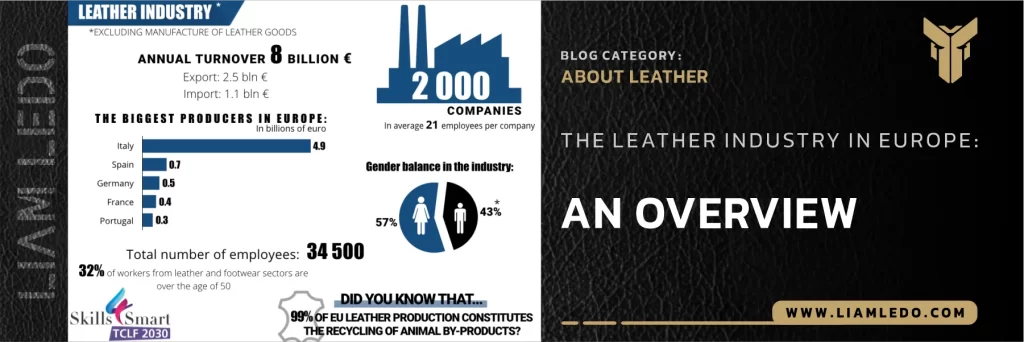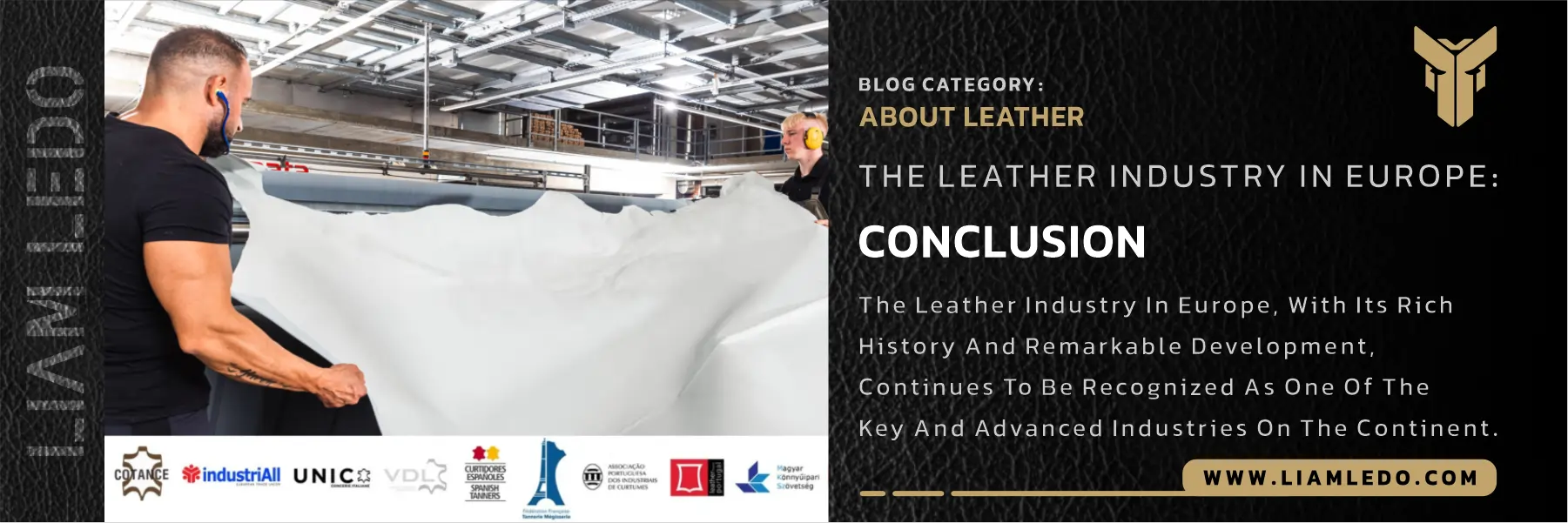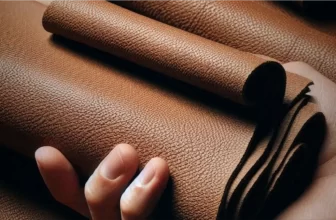
The leather industry in Europe, with its rich history and remarkable development, has become one of the most advanced and reputable industries worldwide. From luxury and high-quality products to technological innovations, the leather industry in Europe has played a key role in the economy and culture of the continent. This article examines various aspects of the leather industry in Europe, including its history, current status, challenges, and future.
1. History of the Leather Industry in Europe:
A. Early Periods
The leather industry in Europe dates back to ancient times, particularly to the era of the Roman Empire. During this period, tanning techniques and the use of leather for clothing, personal items, and military equipment were widely practiced. The leather products of that time were renowned for their durability and high quality and were used in making armor and other military gear.
B. The Middle Ages and Renaissance
In the Middle Ages, the leather industry flourished in major commercial cities like Venice, Florence, and Paris. During this era, tanning techniques became more sophisticated, and Italian and French leathers gained fame for their high quality and artistic designs. The Renaissance period saw technological and artistic innovations in the leather industry, elevating it to a new level. Leather bags, shoes, and garments became symbols of luxury and social status.
C. The Industrial Revolution
The 19th century brought a significant transformation to the leather industry with the Industrial Revolution. New inventions in machinery and production processes helped increase the capacity and quality of products. During this period, Britain and Germany achieved remarkable progress through the development of new techniques and modern production processes, establishing themselves as the main centers of leather production in Europe.
2. Current Status of the Leather Industry in Europe:
A. Production and Consumption
Europe remains one of the world’s largest producers and consumers of leather. Countries like Italy, France, Spain, and Germany are particularly known for producing high-quality and luxury leathers.
- Italy is a leader in producing leather bags, shoes, and clothing, with famous brands such as Gucci, Prada, and Ferragamo.
- France is also at the forefront of luxury leather goods production, with brands like Chanel and Louis Vuitton excelling in apparel and accessories.
- Spain is known for its colorful and diverse leather products, while Germany is recognized for its advanced technology and modern production processes, playing a key role in the leather industry.
B. Technological Innovations
The leather industry in Europe is continuously evolving through innovation and advancement. The use of new technologies, such as tanning with non-toxic materials and sustainable production processes, has improved quality and reduced environmental impact. Currently, innovative techniques like vegetable tanning, which uses natural materials for tanning, help reduce the use of harmful chemicals and improve the environmental situation. These methods are especially utilized in advanced European countries to reduce the environmental footprint of leather production.
C. Economic Impact
The leather industry is one of the key sectors in Europe, significantly impacting the continent’s economy. It generates numerous jobs across various sectors, including manufacturing, design, sales, and after-sales services. European leather products, known for their high quality and unique designs, are in demand in global markets and contribute substantially to the continent’s exports. Consequently, the leather industry is considered a vital source of revenue for many European countries.
3. Challenges Facing the Leather Industry in Europe:
A. Environmental Issues
One of the biggest challenges for the leather industry in Europe is the environmental impact of production processes. Traditional leather tanning processes, particularly the use of chemicals like chromium, pose significant environmental problems. These chemicals can harm soil and water and impact public health. In countries with strict environmental regulations, reducing the use of chemicals and improving sustainable production processes are of particular importance.
B. Changes in Demand and Consumption
Changes in consumer preferences and the growing emphasis on sustainable fashion have put pressure on the leather industry. Consumers are increasingly seeking sustainable and renewable options, which has prompted the leather industry to adapt to these trends. Leather brands must focus on innovation and the production of products using sustainable materials and green processes. These changes require adapting to new consumer expectations while maintaining market position
C. Global Competition
Global competition is another challenge for the leather industry. Various countries with lower production costs and access to cheaper resources have increasingly entered the global market, adding pressure on European producers. European manufacturers must cope with this competition and maintain their position by focusing on quality and innovation. Additionally, competition with producers from countries with lower costs can reduce profitability and increase pressure on costs.
4. The Future of the Leather Industry in Europe:
A. Moving Toward Sustainability
The future of the leather industry in Europe is increasingly moving toward sustainability. Brands and manufacturers are looking for new and innovative methods to produce leather with minimal environmental impact. The use of vegetable tanning, alternative materials, and low-water-consumption production processes are part of this trend. Furthermore, renowned brands are actively researching and developing green and sustainable technologies. This trend will enhance the leather industry’s image in the eyes of consumers and reduce negative environmental impacts.
B. Growth in New Markets
New markets in Asia and other growing regions have created new opportunities for the European leather industry. European manufacturers are looking to expand their presence in these markets and respond to the growing demand by offering high-quality and innovative products. Additionally, focusing on local preferences and establishing strong trade relationships with international partners is of special importance. Expansion into new markets can increase revenue and create new job opportunities for the European leather industry.
C. Technological Advancements
Technological advancements, including the use of artificial intelligence and digital technologies, are increasingly entering the leather industry. These technologies can improve production, design, and distribution processes and create a better shopping experience for consumers. Additionally, new technologies allow manufacturers to respond more quickly and accurately to market needs and offer unique products. Technological advancements can enhance productivity, reduce costs, and improve product quality.

Conclusion:
The leather industry in Europe, with its rich history and remarkable development, continues to be recognized as one of the key and advanced industries on the continent. Despite environmental challenges and global competition, this industry focuses on sustainable innovations and advanced technologies to maintain its position and create new opportunities in global markets. Considering current and future trends, the leather industry in Europe is continuously evolving and improving, maintaining its significant role in the economy and culture of the continent.







